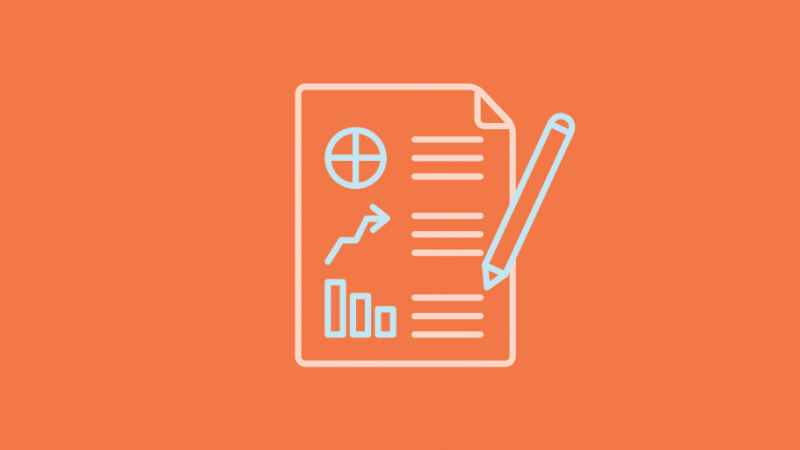Following last week’s blog on sharing the right data responsibly, our Research Manager Kirsten Mulcahy explores how to be pragmatic about data in decision-making processes, in part two of our new data-driven blog miniseries.
‘Data for decision-making, evidence-led decisions, data-driven choices…’
In these phrases, data is the enabler to decision-making; data is purposeful and directive. Pragmatism dictates that decision-making is constant; and data priorities in the social and impact investing sectors need to fall in line.
We – those working in the social and impact investing sectors – are not social research academics. Nor should we be. We can afford to be less rigorous if it means we are decisive – indeed, we cannot afford to be anything else.
Robust social research is critical; but social investors are implementors. Decision-makers. We need to balance academic research and evaluation approaches with pragmatism to carve out our own paradigm for what good data looks like in the social impact investing context. And we would expect this to look very different over time – led by increasing data maturity, and a demand for more evidence to guide social investment decision-making. Not by the latest set of global impact metrics developed by consultants.
While it is true that without good impact accounting practices, the social impact investing sector is at risk of ‘impact washing’. There is space for different kinds of information. Just as different data is used to inform commercial business strategies versus financial accounting requirements; we should allow room for both impact accounting data and the type(s) of evidence needed to support better social investment decision-making.
Embracing our new data paradigm requires us to spend a lot more time understanding and developing how data interacts with decision-making processes. Below are 6 steps that SIB have found important in mapping our own decision-making processes:
- Identify decision-points and responsible owners: it is the charity or social enterprise that responds to customer feedback to change their product or service, not the funder. The social investor decision point is how to allocate scarce resources (repayable or grant finance) across charities, social enterprises and business support providers.
- Understand how decisions are made: including the presence of behavioural responses and bias. e.g. are well-spoken and articulate charities leaders more likely to gain funding, do we favour repeat customers, is the lived experience perspective missing from social impact investment committees?
- What incentives (known or unknown) are directing decisions: is there a dominant theory of economic development that is prioritised by default, are interventions with ‘easier’ impact reporting metrics chosen, is the sector converging on funding themes because it is easier to follow the ‘herd’?
- What information type (and form) is most useful: how do individuals vary in responding to data and evidence? Are decisions affected by the presentation of data – e.g. graphs and scores vs qualitative write-ups; focusing on financial or social evidence; the colour use or visual elements integrated; and what data is not shown (e.g. negative impact or impact risks).
- Where are decision-making process failing: Mapping and understanding decision-making isn’t sufficient, we also need to improve these processes – when bias is at play it needs to be mitigated, when processes are inefficient we need to embark on organisational change processes to improve them.
- How do we align data to decision-making: Once we understand the decision process, incentives at play, and the way in which we should be presenting data, we still need to go about collecting the right data to fit into the decision-making process.
If we want to get to a point where practical social investment decision data occupies its own space, as distinct from evidence provided through social research, impact evaluation and impact accounting metrics, we need more insight and learning into the decision-making realities faced in our sector.
And as we build our own data for this more practical paradigm, we should be leveraging the experience from other specialisms like behavioural economics, organisational change, data science, and open data initiatives to help us focus on the constant – the need to make good decisions daily. You can read more about SIB’s approach to data and decision making in our 2018-19 Impact Report.
Our 2018-19 Impact Report is available to read here.




